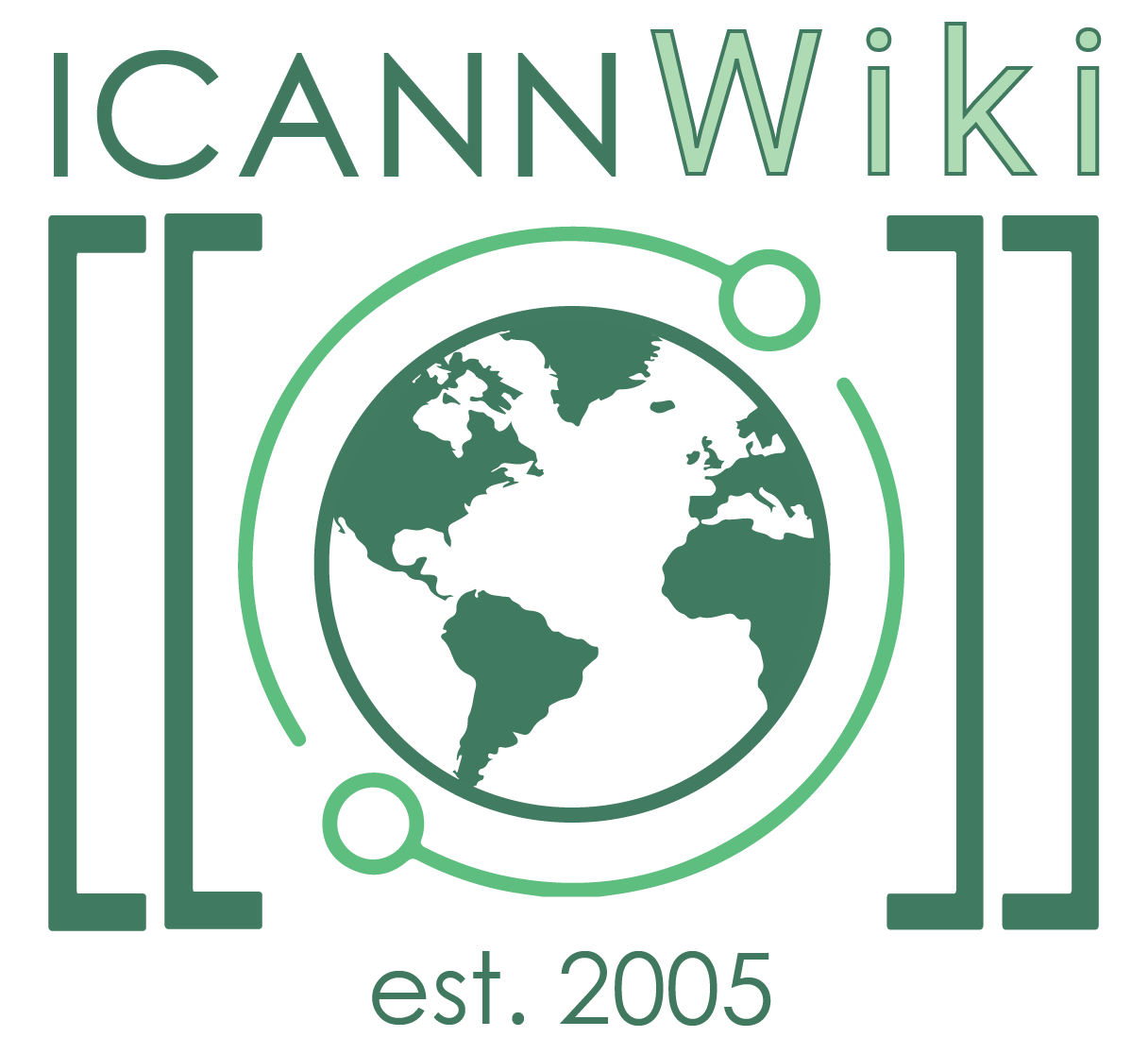Digital Millennium Copyright Act
Appearance
(Redirected from DMCA)
| Norm | |
|---|---|
| Norm title | Digital Millennium Copyright Act |
| Type of norm | Act |
| Issuing body | United States Congress |
| Geographic scope | National |
| Country |
|
| Status | Active |
| Official text | https://www.govinfo.gov/content/pkg/PLAW-105publ304/pdf/PLAW-105publ304.pdf |
| Related Norms | |
| Parent legal framework | Title 17 of the United States Code (Copyright Law) |
| Language | English |
The 1998 Digital Millennium Copyright Act or DMCA integrated World Intellectual Property Organization (WIPO) treaties into U.S. law, updated copyright legislation, and established limited liability for online service providers under certain unique conditions.[1][2] The DMCA also made it illegal to use, make, or distribute "devices or programs whose primary purpose is to circumvent access control technology."[3] Additionally, it does not exclude the possibility of civil remedies for victims.[3] The DMCA has 5 titles.
Titles[edit | edit source]
- Title 1: this section discusses the integration of the WIPO treaties into U.S. Legislation.[2]
- Title 2: this section establishes limited liability for qualified Internet service providers.[2]
- An Internet service provider qualifies for limited liability as long as it has a "policy of terminating in appropriate circumstances the accounts of subscribers who are repeat infringers" and utilizes standard technical measures.[2]
- Title 3: this title outlines an exemption for the reproduction of copyrighted materials or computer programs in certain circumstances, such as when "activating a computer for purposes of maintenance or repair."[2]
- Title 4: this section discusses 6 additional provisions and exceptions.
- Subsections include: Clarification of the Authority of the Copyright Office, Ephemeral Recordings for Broadcasters, Distance Education Study, Exemption for Nonprofit Libraries and Archives, Webcasting Amendments to the Digital Performance Right in Sound Recordings, and Assumption of Contractual Obligations upon Transfers of Rights in Motion Pictures.[2]
- Title 5: this title discusses the Vessel Hull Design Protection Act and sets the dates when the different titles of the bill would come into effect.[2]
Take Down Procedure[edit | edit source]
- The DMCA also outlines procedures for removing illegally obtained copyrighted materials from the web.[4] If copyrighted material is found, the rights holder can send the service provider a notice of the abuse or infringement.[5] It should include information such as identification of the copyrighted work, a declaration that the poster does not have legal rights to the material, and the location of the copyrighted material.[5] The service provider then must remove or block access the copyrighted material and notify the user who posted the material.[5]
Additional Resources[edit | edit source]
- Read the DMCA
Related Articles[edit | edit source]
References[edit | edit source]
- ↑ http://www.educause.edu/library/digital-millennium-copyright-act-dmca Educause
- ↑ 2.0 2.1 2.2 2.3 2.4 2.5 2.6 http://www.copyright.gov/legislation/dmca.pdf (PDF) Digital Millennium Copyright Act (DMCA)
- ↑ 3.0 3.1 http://www.sans.org/reading-room/whitepapers/legal/federal-computer-crime-laws-1446 Federal Computer Crime Laws by Maxim May (June 1, 2004), Sans Institute
- ↑ http://money.cnn.com/2012/01/17/technology/sopa_explained/ SOPA explained: What it is and why it matters by Julianne Pepitone (January 20, 2012), CNN
- ↑ 5.0 5.1 5.2 http://www.chillingeffects.org/dmca512/faq.cgi#QID130 Chilling Effects Clearinghouse
ICANNWiki resources: Special Pages | Content Guide | Documentation | Development || Maintenance: Articles needing attention | Candidates for deletion || Projects: Internet & Digital Governance Library
